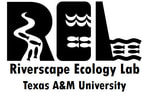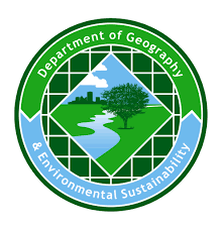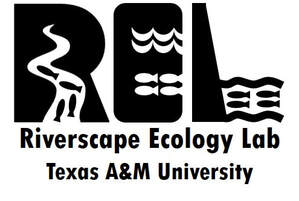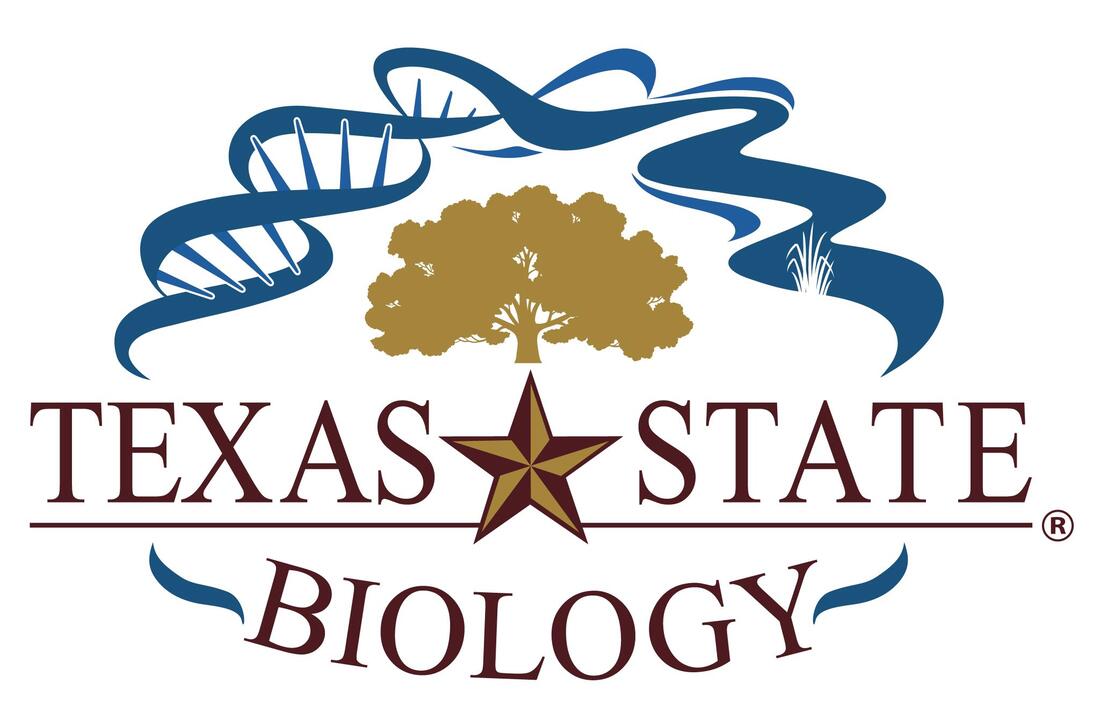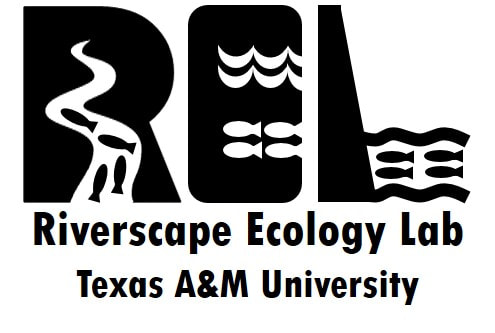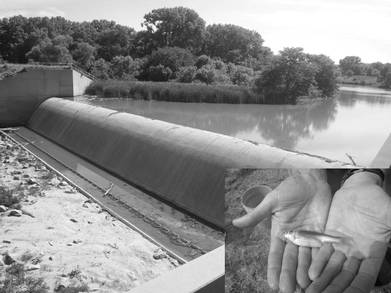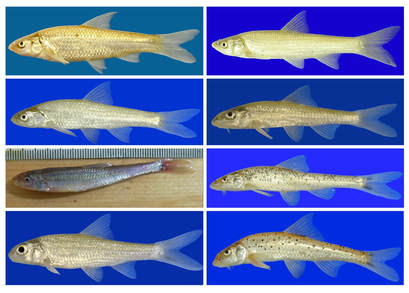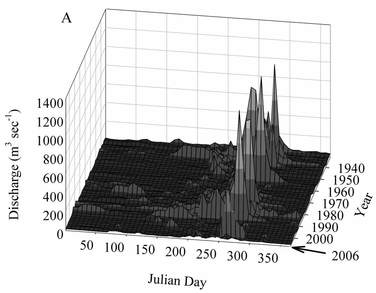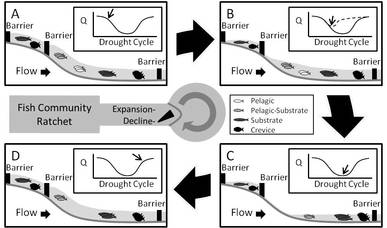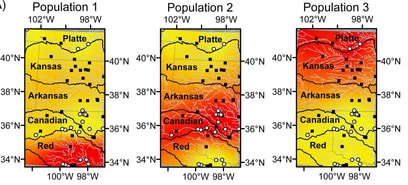Interdisciplinary Research
The Riverscape Ecology Lab is a collaborating on an NSF-funded project titled "Conservation incentives and the socio-spatial dynamics of water sustainability." Visit the NSF website to find out more.
The Riverscape Ecology Lab is a member of the Texas Research Institute for Aquatic & Groundwater Ecology (TRIAGE). Visit the TRIAGE website to find out more.
Research Focal Areas
|
Ecology of Great Plains riverscapes
Spatial ecology of fishes in riverine landscapes, or riverscapes, is a major research focus in the lab. |
Reproductive ecology of fishes
We use basic reproductive ecology of fishes to advance conservation approaches and test ecological theory. |
Flow-ecology relationships
Quantifying flow-ecology relationships is critical for managing regulated stream flows, and we use fishes as model organisms for understanding these relationships. |
|
Effects of drought on fishes
Drought is a natural process structuring fish populations and communities, but the effects of drought within highly fragmented habitats can cause irreversible change. |
Community and population ecology of fishes
Research in our lab integrates theories from community and population ecology to understand fish ecology, conservation and management. |
Conservation planning
Addressing future threats to fishes requires understanding the mechanisms that structure populations and communities; we combine fish ecology and principles of landscape ecology to address uncertainties in the future of fish ecology, conservation and management. |
